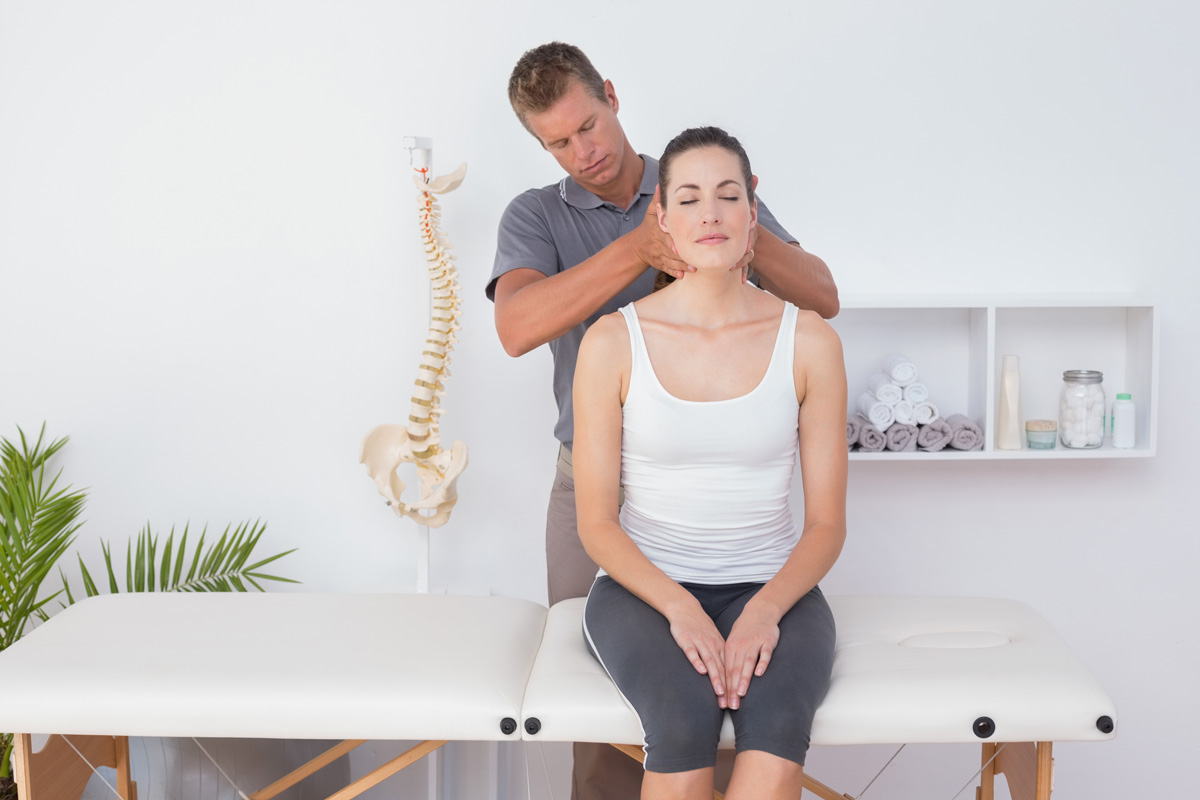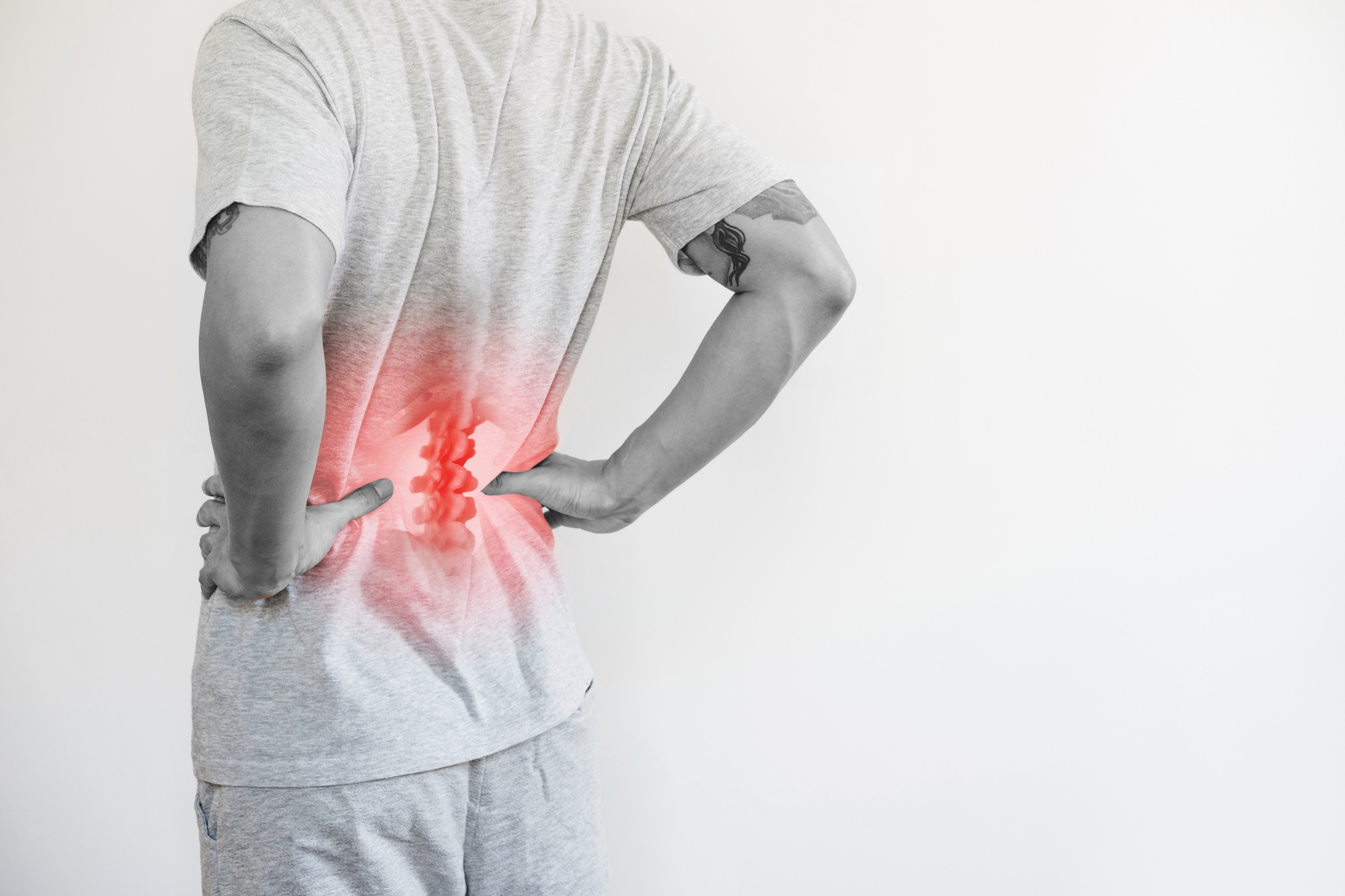The Southwest Chiropractic Blog Page

How physical therapy can help with chronic pain
Approximately 50 million adults in the United States experience chronic pain. As medical professionals turn away from prescribing drugs to combat consistent pain, physical therapy has been a viable option for pain management. Through a combination of hands-on techniques such as manual therapy, massages, and acupuncture, patients have seen improvements in mobility. The aim of

7 Benefits of a Chiropractic Adjustment in El Paso
A chiropractic adjustment in El Paso may be the perfect solution if you’re looking for a reliable way to improve your overall health and well-being. Chiropractic adjustments are non-invasive treatments that help restore the body’s natural balance and reduce pain and discomfort. By addressing misalignments of the spine, chiropractic adjustments can help to relieve stress,

How an El Paso Chiropractor Can Help with Migraine Headaches
Have you been experiencing intense head pain or discomfort? The cause could be migraines. Migraines are one of the most common forms of headaches in the United States, affecting about 36 million Americans yearly. They can greatly affect your quality of life by putting a damper on everyday activities made difficult due to the pain

What to Expect During Your First Visit to an El Paso Chiropractor
Medical appointments often accompany increased stress, which can be intensified with a new experience in the wellness community. Our doctors and staff at Southwest Chiropractors make your safety and comfort our top priority in providing exceptional care. Your health and wellness are just as important to us as it is to you, which is why

How To Diagnose And Treat Your Herniated Disc
Herniated discs are debilitating injuries that often cause people to endure an immense amount of pain. The back influences almost everybody’s mechanics and movement, so the whole body suffers when back injuries occur. People who experience herniated discs are often forced to miss out on work, hobbies, and any physical activity due to limited mobility

How Chiropractic Care Can Help You Deal With Stress
Chiropractic care plays a vital role in our modern world. We are surrounded by a very unique set of stressors. We might not be worried about having to go hunt for our next meal with a bow and arrow, but the modern workplace, high traffic commutes, health concerns, and global pandemics can all cause stress